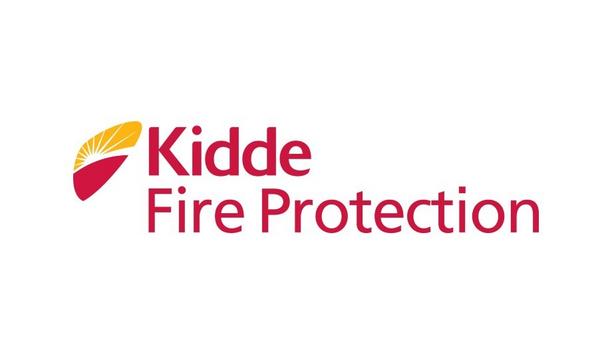The fire that broke out at the Houses of Parliament in central Cape Town on 2 January 2022 has again raised the issue of protecting heritage structures and other buildings containing priceless artifacts or documents from fire risk.
The fire is believed to have started on the third floor of the National Council of Provinces building before spreading to the office space and gymnasium and then the National Assembly building, which was completely gutted.
Houses of Parliament
The Houses of Parliament consists of the original building, completed in 1884, and additions built in the 1920s and 1980s. This house is the National Assembly, the lower house of the bicameral Parliament of South Africa, while the original building houses the National Council of Provinces, the upper house of Parliament.
Houses of Parliament have received Grade 1 National Heritage Status by the SAHRA
The original parliament building was designed in a neoclassical style that incorporates elements of Cape Dutch architecture. The later additions were designed to blend in with the original building. The Houses of Parliament have received Grade 1 National Heritage Status by the South African Heritage Resources Agency (SAHRA), its highest rating.
Absence of fire resistance measures
In mid-April 2021, a fire originating at Table Mountain eventually swept onto the upper campus of the University of Cape Town (UCT). It caused extensive damage to the African Studies Library reading room, known previously as the JW Jagger Library. Built-in the 1930s, it is home to many international research collections, with an estimated 85 000 items in total.
“It is particularly challenging where you have a building that did not necessarily have fire resistance measures incorporated into its design,” points out ASP Fire CEO Michael van Niekerk.
Concerns with construction materials
Modern buildings deploy drencher systems that can cool the exterior against an encroaching fire
A key consideration with a heritage building is if it has been adapted from its original function and construction, or is it a relatively new building that can accommodate such measures? The construction materials used in older buildings are often not in line with modern regulations.
Complicating the issue is that heritage buildings are difficult to retrofit with conventional sprinkler systems, for example, because their external appearance has to be preserved. Modern buildings also deploy drencher systems that can cool the exterior with water curtains to protect windows, doors, walls, and roofs against an encroaching fire.
Addition of Fire sprinklers, hypoxic systems
“This is probably the best strategy to adopt in the event of a fire like the Table Mountain blaze, as it means a heat shield is essentially created around a building to protect it,” stresses van Niekerk. In addition to modern advances like recessed sprinkler systems, which are only activated in the event of a fire, another solution is a hypoxic system that introduces nitrogen into an area to reduce the oxygen level to the point where spontaneous combustion cannot occur.
However, the best approach remains a proper fire-risk assessment that examines a building holistically. There are also internal factors that need to be considered, such as the possible sources of ignition inside a building and how best to manage these.
Modern electrical management systems
The electrical system can still be modernized without affecting its heritage ‘look and feel’
Notwithstanding that a building is old, the electrical system can still be modernized without affecting its heritage ‘look and feel’. In addition, modern electrical management systems based on earth leakage and thermal resistors, as well as computer monitoring, can result in an automatic shutdown if any risks are detected.
These can range from fans, heaters, and computer terminals that are left on to overloaded multi-plug extensions, a common cause of fire in a typical office environment, for example.
Introduction of refuge areas
“Managing the internal environment of a building adequately allows for the fire risk to be minimized. Risk can never be eliminated by 100%, but it can be reduced to an acceptable level,” highlights van Niekerk.
An effective means to achieve this is to introduce refuge areas into heritage buildings in particular as part of the overall life-safety strategy. A refuge area has its oxygen supply and fire-rated walls and doors to protect occupants until a fire dies down or is brought under control.
Fire risk assessment
“There is an onus on the owners or trustees of heritage or historic building to safeguard that building against fire. This is a risk assessment that any responsible building owner should conduct.”
“It is advisable for any commercial or academic institution to request their insurers to come to take a look at their buildings to give them advice. If the insurer does not have the necessary technical expertise or experience, ASP Fire offers this specialized service to a host of insurers,” concludes van Niekerk.
















